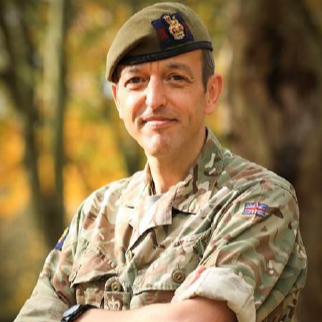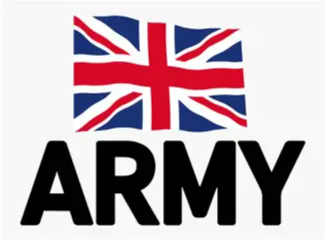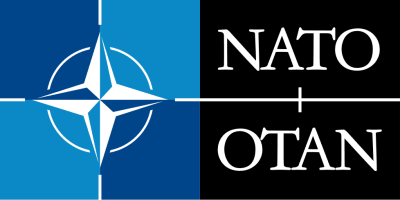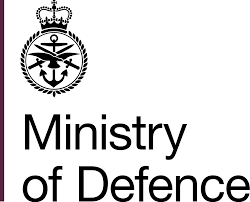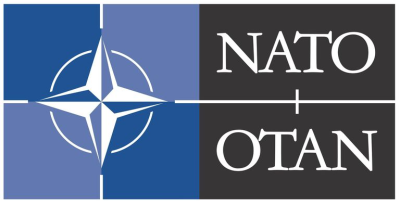Agenda Day 2
ROBOTICS IN THE AIR-LAND ECOSYSTEM
8:50 am - 9:00 am
CHAIRMAN'S OPENING REMARKS
Major General (Ret'd) James Illingworth -
Former Director of Land Warfare,
British Army
9:00 am - 9:30 am
KEYNOTE SPEAKER: STRATEGIC AIMS FOR ARMY FUTURES
Major General Alex Turner *subject to final confirmation -
Director Army Futures,
British Army
• Overview of key programmes
• Current challenges
• Pathway for the future
9:30 am - 10:00 am
INSIGHTS INTO THE PORTUGUESE ARTEX RAS PROGRAMME
Captain Artur Varanda -
Project Officer, Robotics and Autonomous Systems, CEMTEx,
Portuguese Army
• Strategic overview of ambitions for collaborative UxS
• Test and evaluation for emerging technologies in real military environments
• Integrating autonomous systems into operational doctrine

Captain Artur Varanda
Project Officer, Robotics and Autonomous Systems, CEMTExPortuguese Army

10:00 am - 10:30 am
BRITISH ARMY INVESTMENT INTO RAS
Lieutenant Colonel Robbie Hicks -
SO1 Robotic and Autonomous Systems,
British Army
• Overview of current programmes
• Capability gaps
• Pathway for the future
10:30 am - 11:00 am
MORNING COFFEE AND NETWORKING BREAK
ADVANCING SYSTEM OF SYSTEMS ARCHITECTURE
11:00 am - 11:30 am
NATO AUTONOMY POLICY AND PROGRESS
Ross Mckenzie -
UAS Portfolio Lead, Joint Capability Group, Defence Investment,
NATO HQ
• Research and development collaboration with academia
• Recent developments from our ongoing academic autonomy competition held in Alabama
• Developments necessary to counter capability gaps in UAS
11:30 am - 12:00 pm
CREATING EFFECTIVE AND TRUSTWORTHY UNCREWED PLATFORMS
Luke Gallantree -
Senior Principal Systems Engineer,
The Defence Science and Technology Laboratory
• Insights into the Land Robotics and Autonomous Systems Ecosystem of Digital Twin Development and
Experimentation (Land RAS EDT)
• Developing architectures needed for uncrewed and crewed multi domain systems to work together
• Increasing trust in uncrewed platforms

Luke Gallantree
Senior Principal Systems EngineerThe Defence Science and Technology Laboratory

12:00 pm - 12:30 pm
LEARNING THE LESSONS: BRITISH ARMY UAS EVOLUTION
Colonel Simon Pope -
Commander, UAS Group,
UK MoD
• Responses and actions following the UK’s SDR, emphasis on UAS development
• Investment strategies, aligning with the geopolitical threat context
• Current challenges and capability gaps
12:30 pm - 1:30 pm
LUNCH AND NETWORKING BREAK
PROPELLING INNOVATION IN UGV CAPABILITIES
1:30 pm - 2:30 pm
INDUSTRY LEADERS PANEL DISCUSSION: REDEFINING COMBAT OPERATIONS THROUGH INNOVATION IN UGV’S
This panel will explore the rapidly advancing field of Uncrewed Ground Vehicles and their growing role in modern
defence operations. As militaries seek greater operational flexibility, survivability, and efficiency, UGVs are becoming
essential tools for logistics, reconnaissance, force protection, and combat support.
Discussion Points
• What are the most significant recent breakthroughs in UGV development, particularly in AI-enabled navigation,
sensor integration, and autonomous mission execution?
• How is industry supporting interoperability between UGVs and other systems, both crewed and uncrewed, and
ensuring seamless integration into existing defence architectures?
• What technical and operational challenges remain in scaling UGVs for complex multi-domain missions, and how
are these being overcome through innovation, testing, and user feedback?
• How are defence companies and technology providers working with military end-users to accelerate trials, refine
concepts of operation, and ensure mission-ready capabilities?
• How is innovation in commercial robotics and AI influencing the design, performance, and adaptability of next-gen UGVs
2:30 pm - 3:00 pm
AFTERNOON AND NETWORKING BREAK
ADVANCING C-UAS CAPABILITIES
3:00 pm - 3:30 pm
INVESTMENT TO ADVANCE C-UAS CAPABILITIES
Sean Bittick -
C-UAS and Capability Development Officer,
NATO
• Deploying tiered counter-UAS architectures to neutralise threats from micro-drones to larger UAVs
• AI-Driven detection and response
• Coalition and commercial collaboration
3:30 pm - 4:00 pm
DEVELOPING A COHERENT NATIONAL C-UAS STRATEGY
Lieutenant Colonel Jon Hipkins -
SO1 Operations, Joint Counter-Uncrewed Aerial Systems Office (JCO).,
UK Ministry of Defence
• Coordinating the UK’s efforts to detect, track, identify, and neutralise threats posed by uncrewed aerial systems
• Integrating C-UAS capabilities across domains
• Current challenges and ambitions for the future

Lieutenant Colonel Jon Hipkins
SO1 Operations, Joint Counter-Uncrewed Aerial Systems Office (JCO).UK Ministry of Defence

4:00 pm - 4:30 pm
INTEGRATING INNOVATIVE TECHNOLOGY INTO EXISTING FLEETS
• Ambitions to maintain technological superiority
• Technology for ISR
• Current challenges and proposed solutions



